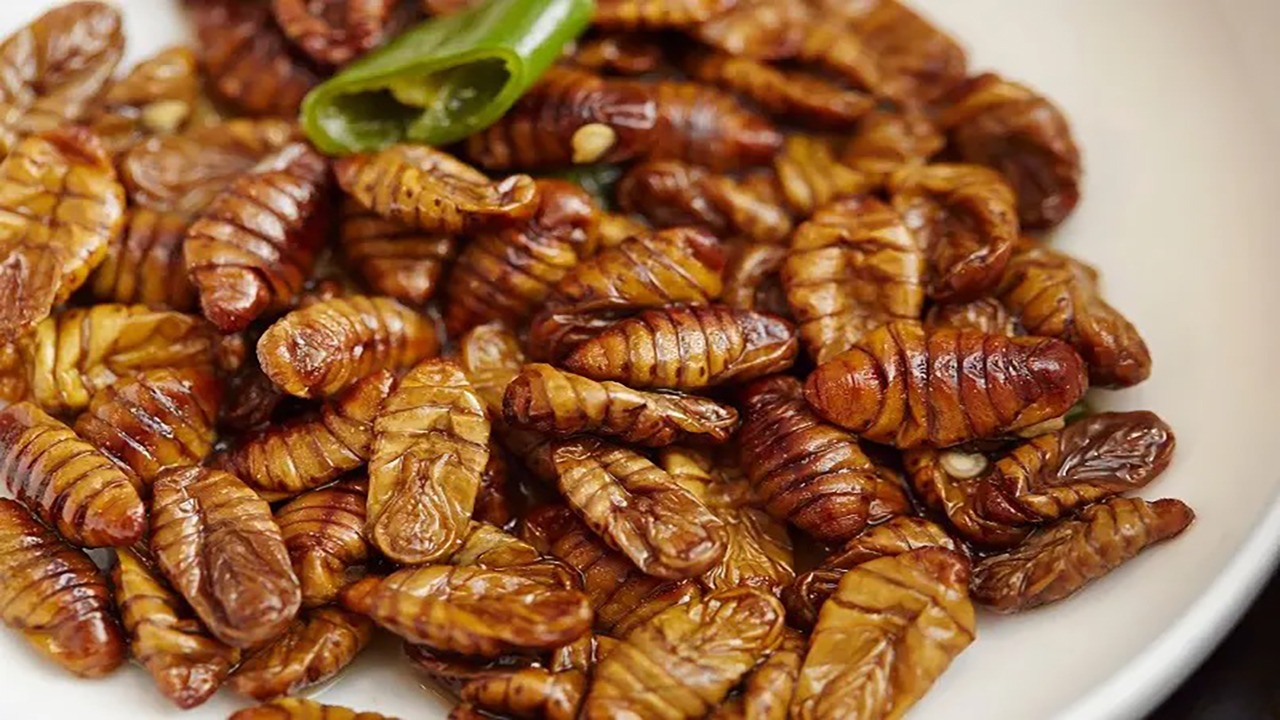Introduction:
Food is an integral part of every culture, reflecting the traditions, values, and history of a region. While most cuisines are celebrated for their unique flavors and culinary expertise, there are some dishes that push the boundaries of what many consider palatable. These unconventional creations can be categorized as weird and cruel cuisines, often challenging our notions of what is acceptable to eat. Join us on a journey across the globe as we explore some of the most bizarre and controversial foods from different corners of the world.
1. Balut - Philippines:
Balut, a popular street food in the Philippines, is a fertilized duck embryo that is boiled and eaten from the shell. This dish is not for the faint of heart, as it contains partially developed feathers, beak, and bones. While some consider it a delicacy, others find the idea of consuming an unborn duckling deeply unsettling.
2. Fugu - Japan:
Fugu, also known as pufferfish, is a Japanese delicacy that requires highly specialized preparation due to its poisonous nature. Chefs who serve fugu must undergo rigorous training to ensure the removal of the toxic organs, particularly the liver, which contains lethal amounts of tetrodotoxin. Despite the risks involved, adventurous food enthusiasts seek out fugu for its unique texture and subtle flavors.
3. Casu Marzu - Sardinia, Italy:
Casu marzu, also known as "maggot cheese," is a traditional Sardinian sheep milk cheese that is intentionally infested with live insect larvae. The larvae digest the cheese, causing fermentation and creating a soft, creamy texture. However, the presence of wriggling maggots on the cheese can be off-putting for many. In fact, the sale of casu marzu has been banned in several countries due to health concerns.
4. Shirako - Japan:
Shirako, often referred to as "fish sperm," is a delicacy consumed in Japan and other parts of East Asia. It primarily consists of the milt, or seminal fluid, of male fish. Usually served raw, shirako has a creamy texture and is considered a delicacy due to its rarity. However, the idea of eating reproductive organs can be quite unsettling for many cultures.
5. Hákarl - Iceland:
Hákarl is a traditional Icelandic dish that consists of fermented shark meat. The meat is buried underground for several months, undergoing a fermentation process that eliminates the high levels of urea and toxins found in fresh shark meat. The result is a dish with a strong ammonia smell and a pungent taste that is certainly an acquired taste for most.
6. Sannakji - South Korea:
Sannakji is a Korean dish that features live octopus tentacles. The tentacles are chopped off and served immediately, often still squirming on the plate. It requires careful chewing to prevent choking, making it a daring culinary experience.
7. Escamoles - Mexico:
Escamoles, also known as "insect caviar," are ant larvae harvested from the roots of agave plants in Mexico. These creamy white larvae have a nutty taste and are often prepared in dishes like omelets or served as a filling for tacos.
8. Fried Tarantulas - Cambodia:
In Cambodia, fried tarantulas are considered a delicacy and a popular street food. The spiders are marinated, seasoned, and deep-fried until crispy. While the thought of eating spiders may be unsettling to some, they are known for their crunchy texture and unique flavor.
9. Tuna Eyeballs - Japan:
Tuna eyeballs are a common dish in Japanese cuisine. The eyeballs of large tuna fish are often boiled or grilled and served as a delicacy. The texture is similar to that of squid or octopus, and they are enjoyed for their gelatinous consistency and rich flavor.
10. Century Egg - China:
Century eggs, also known as preserved eggs or thousand-year-old eggs, are a Chinese delicacy made by preserving duck, chicken, or quail eggs in a mixture of clay, ash, salt, quicklime, and rice hulls for several weeks or months. The process transforms the egg, giving it a gelatinous texture and a strong, pungent aroma.
11. Haggis - Scotland:
Haggis is a traditional Scottish dish made from sheep's offal (heart, liver, and lungs), mixed with onions, spices, and oatmeal, and encased in a sheep's stomach. While it may sound unappealing to some, haggis is considered a national dish in Scotland and is often served with neeps (turnips) and tatties (potatoes).
Conclusion:
Weird and cruel cuisines from around the world showcase the diverse and sometimes controversial nature of culinary practices. While these dishes may challenge our cultural norms and personal boundaries, it is important to approach them with an open mind and respect for the traditions of the cultures that created them. Food is an expression of cultural identity, and what might seem strange or cruel to one person can be a cherished delicacy for another. So, whether you're an adventurous foodie or prefer to stick to more conventional fare, the world of cuisine offers a rich tapestry of flavors and experiences to explore.

Comments